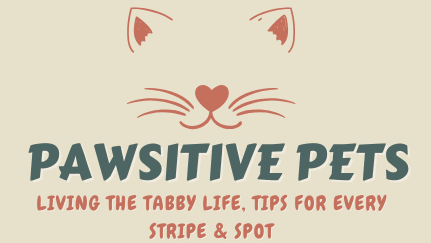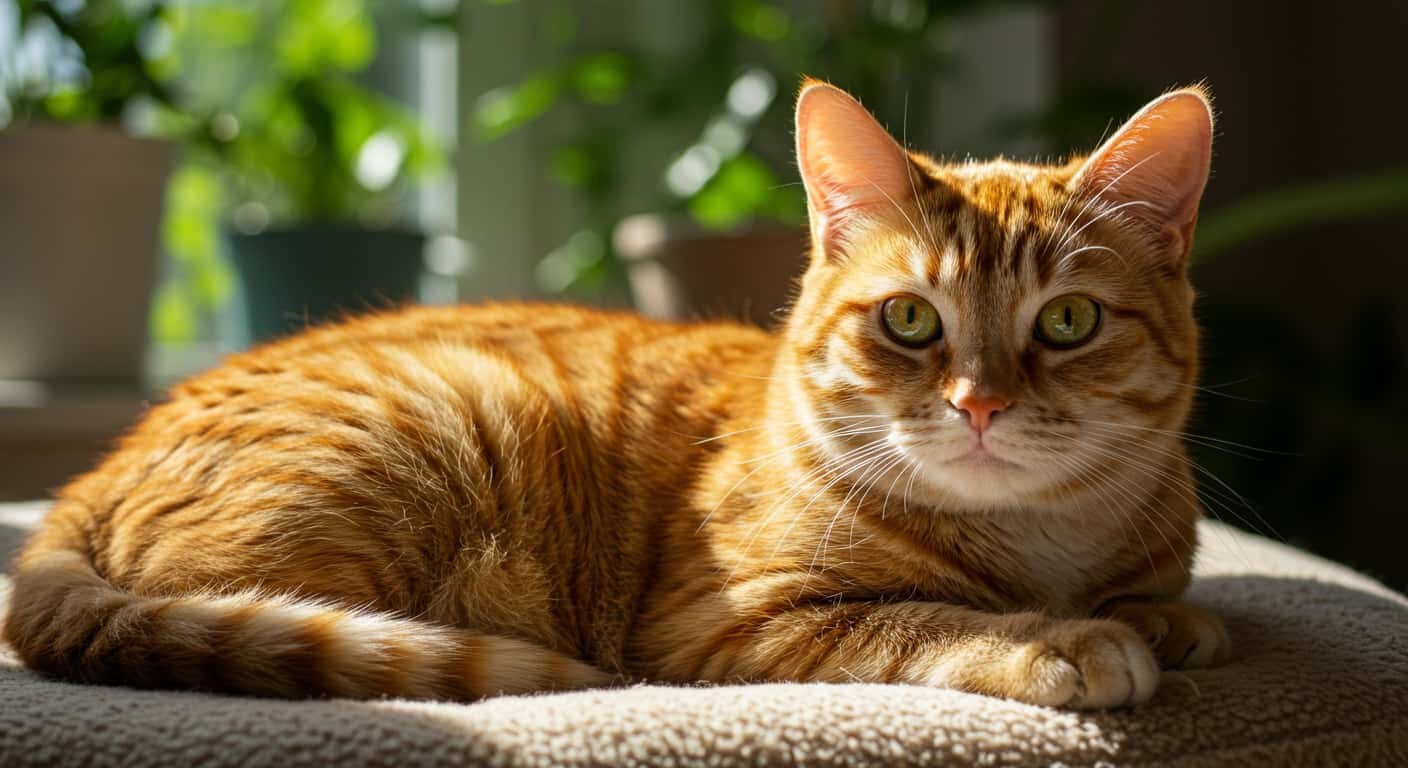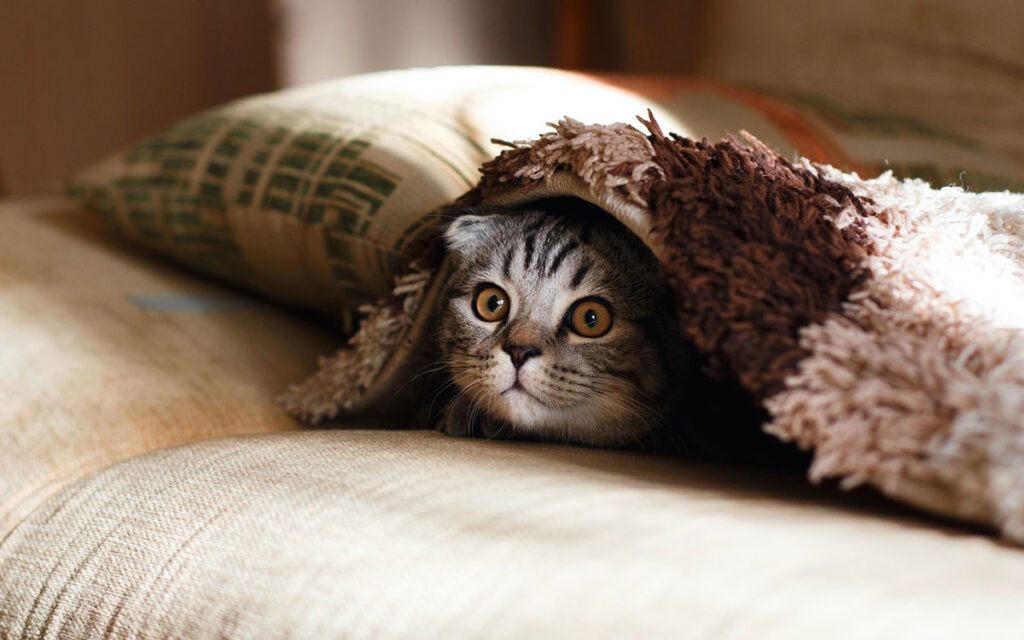What Makes Orange Tabby Cats So Special?
Orange tabby cats are domestic cats known for their vibrant orange coats marked with distinctive tabby patterns. Despite common belief, “orange tabby” is not a breed, it’s a color and pattern combination. This fiery hue comes from pheomelanin, and most orange tabbies are male due to genetics linked to the X chromosome.
From their sun-kissed fur to their often-charming personalities, these felines hold a special place in the hearts of cat lovers worldwide. They wear their iconic “M” forehead marking like a crown and frequently sport adorable freckled noses, expressive eyes, and incredibly soft, warm-toned fur.
Join us as we explore everything you need to know about these captivating felines, from their fascinating genetics to their unique personality quirks and essential care tips.
Table of Contents
My Tabby & Her Orange Pal: Real-Life Orange Tabby Traits
My own tabby cat, Luna, isn’t orange, but her best friend is our neighbor’s adventurous orange tabby cat. This charming ginger feline is a frequent escape artist, always finding a way to sneak over for visits and playdates with Luna. Their friendship has given me a front-row seat to many of the characteristics often attributed to orange tabbies.
From the neighbor’s bold orange tabby’s confident purr-filled greetings to his curious explorations, and Luna’s equally affectionate yet more reserved nature, their interactions beautifully highlight the diverse feline personalities you’ll find. Many of the traits we’ll explore in the coming sections, be it their talkativeness, their playful energy, or their surprising intelligence, are perfectly embodied by these two furry companions, making them wonderful examples of why we adore tabby cats, orange or otherwise.
The Science Behind Orange Cat Genetics: Why Are Most Orange Tabbies Male?
This is one of the most frequently asked questions about orange tabby cats, and the answer lies fascinatingly in feline genetics.
It comes down to chromosomes:
- The gene for orange coloring (O gene) is carried exclusively on the X chromosome.
- Male cats have one X and one Y chromosome (XY). Therefore, they only need one copy of the O geneon their single X chromosome to be orange.
- Female cats have two X chromosomes (XX). For a female cat to be orange, she needs two copies of the O gene, one on each X chromosome. If she inherits an orange gene on one X and a non-orange gene on the other, she will be a tortoiseshell or calico, exhibiting both orange and black/brown patches.
Because it’s a single-gene inheritance for males but requires two copies for females, approximately 80% of all orange tabby cats are male. This makes female orange tabbies somewhat rarer and often highly sought after!
The Distinctive Look of an Orange Tabby Cat
While “orange tabby” isn’t a breed, it’s a description that encompasses several striking visual characteristics.
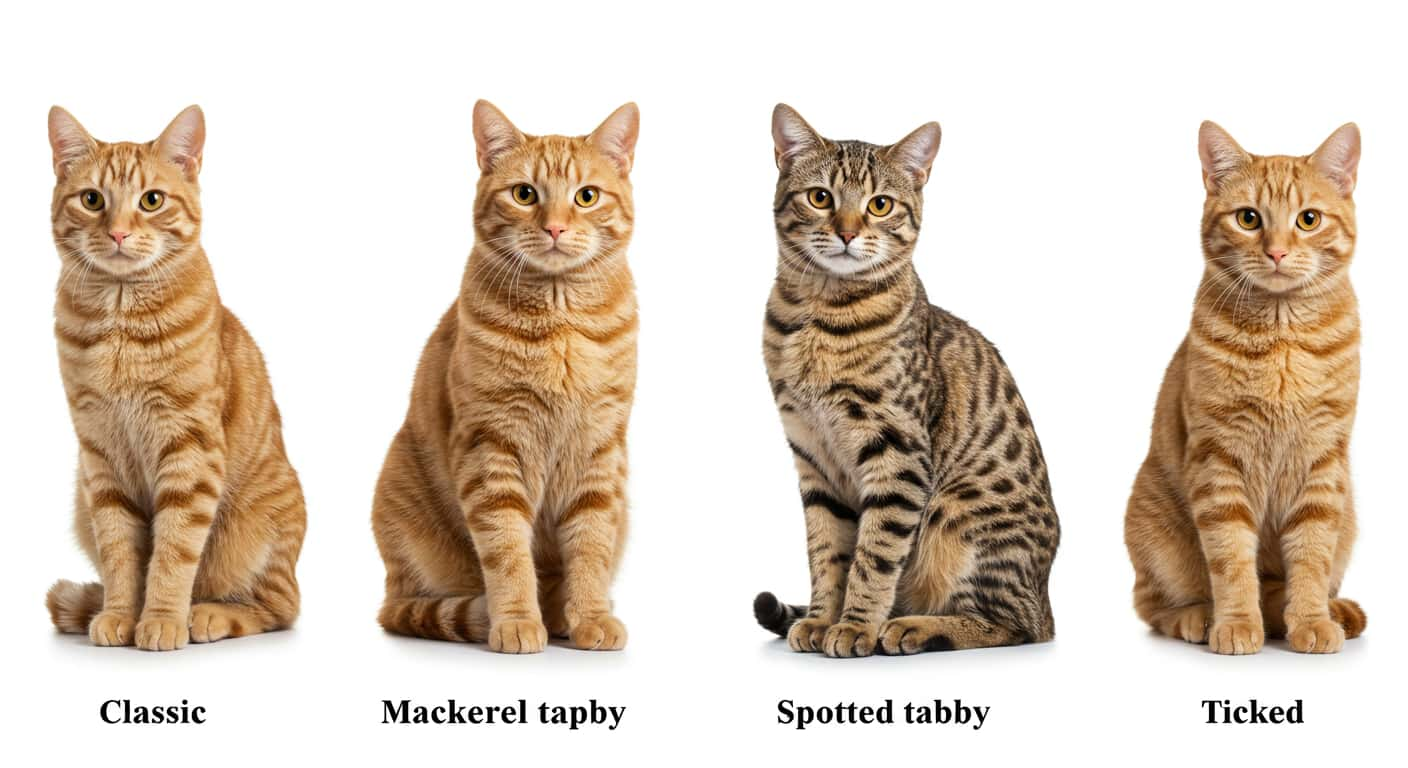
The Iconic “M” Mark
One of the most defining features of all tabby cats, including orange tabbies, is the distinctive “M” shape on their forehead, right above their eyes. Legend has it this mark comes from various sources, including the Virgin Mary or the Prophet Muhammad, adding to the mystique of these felines.
Orange Tabby Coat Patterns
The term “tabby” itself refers to the specific patterns of stripes, swirls, and spots on a cat’s coat. All orange tabbies will display one of these four primary patterns:
- Mackerel Tabby: The most common pattern, characterized by narrow, parallel stripes running vertically down the sides of the cat’s body, resembling a fish skeleton (hence “mackerel”).
- Classic Tabby (Blotched Tabby): Features broader, swirling patterns on the sides, often resembling a bullseye or marble cake. This is often considered the “original” tabby pattern.
- Spotted Tabby: Instead of stripes or swirls, this pattern presents as distinct spots all over the body, varying in size and shape. These spots can sometimes look like broken mackerel stripes.
- Ticked Tabby (Agouti Tabby): The least obvious tabby pattern, where individual hairs are banded with different colors, giving the cat a shimmering, salt-and-pepper (or “agouti”) appearance. While the body may appear solid, faint ghost stripes might be visible, and the “M” on the forehead will still be present.
Eye Color and Nose Freckles
Orange tabby cats typically have green, gold, or copper-colored eyes that brilliantly complement their warm fur. Many also develop adorable black freckles on their noses and paw pads as they age, adding to their unique charm.
Orange Tabby Cat Personality: Are They Really That Friendly?
The stereotype of the “friendly ginger cat” is incredibly pervasive among cat owners. While personality truly varies from individual cat to individual cat regardless of fur color, anecdotal evidence strongly suggests a trend.
Dr. Hannah Miller, DVM, a feline behavior specialist, explains: “While personality varies cat to cat, based on genetics, early socialization, and environment, orange tabbies do tend to show a strong propensity for bonding with their humans. They are often described as more dog-like in their attention-seeking behavior, frequently vocalizing and seeking out interaction.”
Based on countless owner reports and observations, here are some common traits attributed to orange tabby cat personality:
- Affectionate & Loyal: Many orange tabbies are noted for their strong bonds with their human companions, enjoying lap time, cuddles, and following their owners from room to room.
- Vocal: They’re often “talkers,” using a variety of meows, chirps, and trills to communicate their wants and needs.
- Laid-Back & Tolerant: While playful, many are described as relatively easygoing and tolerant, adapting well to different environments and even other pets.
- Intelligent & Curious: They love to explore, solve puzzles (especially if food is involved), and observe their surroundings with keen interest.
- Playful & Energetic: Despite sometimes appearing calm, they often have bursts of playful energy, enjoying interactive toys and games.
Luna definitely fits that bill. She’s a talker, a persistent snuggler, and a total flirt when guests come over. She loves routines, warm laundry, and knocking pens off tables with slow, deliberate grace (always with an innocent face, of course).
Are Orange Tabby Cats Really Goofy? Debunking the “One Brain Cell” Meme
You might have chuckled at the popular internet meme suggesting that orange tabby cats share “one communal brain cell” among them. This funny stereotype is rooted in their often chaotic, uncoordinated, and seemingly random bursts of energy and questionable decision-making skills.
So, are orange tabby cats really goofy?
Yes, many of them are endearingly goofy! They might tumble off shelves, run into walls, or suddenly sprint across a room at 2 AM for no apparent reason. This playful, sometimes clumsy, energy is a huge part of their charm and why they provide so much entertainment.
However, calling them “foolish” or “dumb” is far from accurate. In fact, their intelligence often shines through their mischievous antics. Luna, for example, once figured out how to open the treat cupboard, then expertly pretended she didn’t know how when I caught her red-pawed. Smart? Absolutely. A little dramatic and prone to playful chaos? Also, yes!
The “one brain cell” meme is a loving exaggeration of their vibrant, sometimes unpredictable, personalities, not a reflection of their actual cognitive abilities. They are bright, adaptable, and capable of learning, just like any other cat.
Caring for Your Orange Tabby Cat: Essential Tips
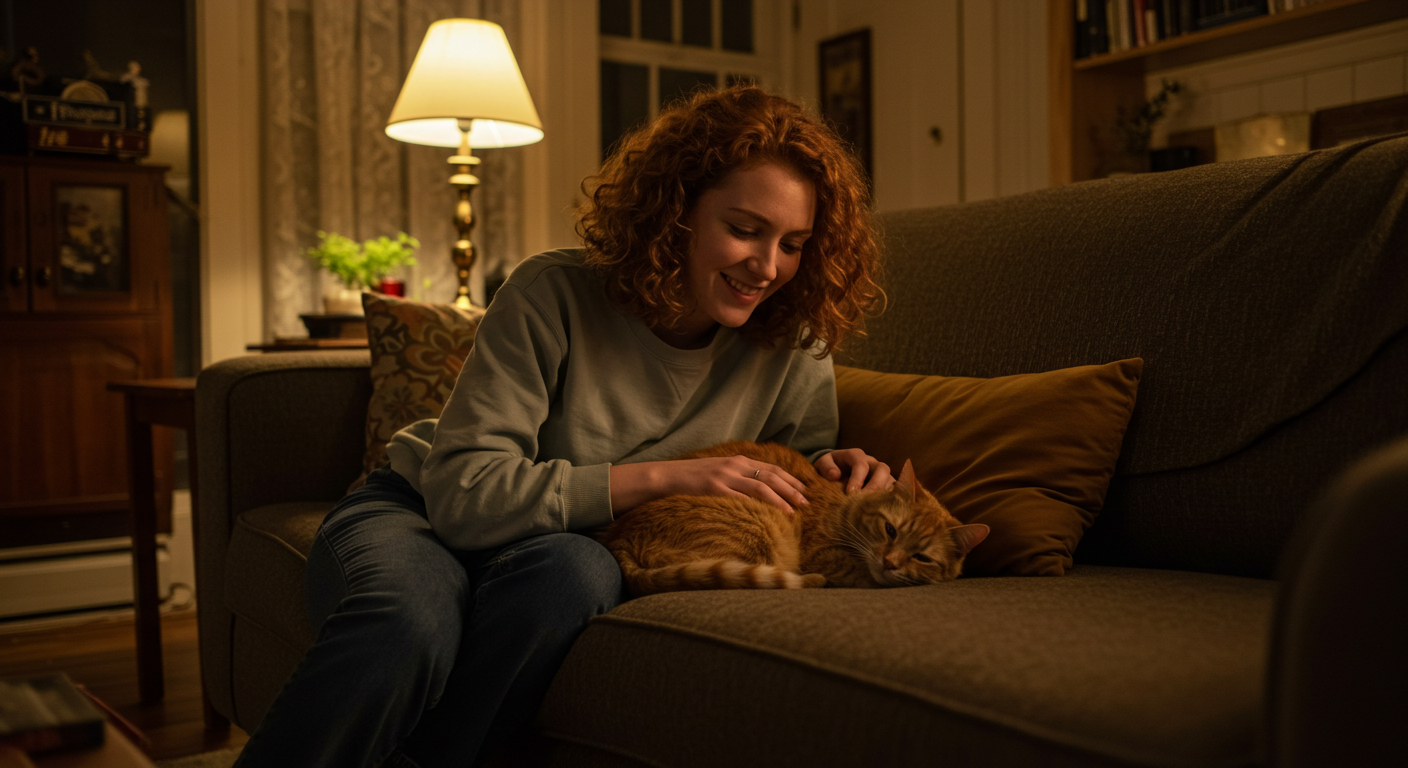
Orange tabbies don’t require special care solely due to their color, but understanding general feline needs, and perhaps some considerations due to their common traits, will ensure they live long, happy, and healthy lives.
Grooming & Coat Care
Even though most orange tabby cats have short to medium fur, they still shed, especially during seasonal changes.
- Regular Brushing: Weekly brushing with a slicker brush or a deshedding tool (like a Furminator) can significantly reduce shedding, prevent hairballs, and keep their vibrant coat healthy and shiny.
- Bathing: Most cats self-groom effectively and rarely need baths. Only bathe if they are truly dirty or have skin issues recommended by your vet.
Nutrition & Weight Management
Many orange tabby cats are known for their hearty appetites!
- High-Quality Diet: Provide a balanced, high-quality cat food appropriate for their life stage (kitten, adult, senior) and activity level.
- Portion Control: Due to their love of food, orange tabbies can be prone to obesity. Follow feeding guidelines carefully and avoid free-feeding unless your cat self-regulates well. Consider interactive feeders or puzzle toys to slow down eating and provide mental stimulation.
- Hydration: Ensure constant access to fresh water. Many cats prefer running water from a fountain.
Health & Wellness: Addressing Common Concerns
While the orange color itself isn’t linked to unique health problems, it’s crucial for orange tabby owners to be aware of general feline health concerns, especially considering their genetic predisposition.
- Male Cat Health Risks: Male cats, which make up the majority of orange tabbies, can be more susceptible to certain conditions due to their anatomy. For instance, their narrower urethras make them prone to urinary blockages (Feline Urethral Obstruction), a serious emergency requiring immediate veterinary attention. Watch for straining in the litter box, frequent trips, or inappropriate urination.
- Obesity-Related Issues: As mentioned, if orange tabbies overeat, they may be at a higher risk for obesity, which can lead to issues like diabetes and joint problems.
- Dental Health: Like all cats, orange tabbies can develop dental issues. Regular dental check-ups and at-home dental care (brushing, dental treats) are important.
- Skin & Allergies: Be vigilant for common feline skin conditions such as allergies or parasites, which can affect any cat regardless of color.
- Regular Vet Check-ups: Annual veterinary examinations are paramount for early detection and prevention of common feline ailments, ensuring your orange tabby stays healthy for their typical lifespan of 12-16 years on average.
Enrichment & Play
Orange tabby cats are often active and intelligent. Provide plenty of opportunities for play and mental stimulation.
- Interactive Toys: Wands, laser pointers, and puzzle feeders are excellent choices.
- Climbing & Scratching: Provide cat trees, shelves, and scratching posts to satisfy their natural instincts.
- Bonding Activities: Engage in daily play sessions to strengthen your bond and keep them physically active. If you have a shy orange tabby, read our guide on how to bond with a timid feline. (Internal Link)
The Rich History and Folklore of Orange Tabby Cats
The charm of ginger cats isn’t just a modern phenomenon. These captivating felines have a surprising history woven into human culture and folklore.
- Ancient Reverence: In ancient Egypt, where cats were worshipped, any cat could be considered sacred. However, their association with the sun (Ra) and fire likely gave orange tabby cats a special, perhaps even mystical, status due to their fiery coats. The Egyptian goddess Sekhmet, often depicted with a lioness head, embodied fierce power and the scorching heat of the sun, a fitting parallel to the potent energy of an orange cat.
- Symbol of Luck: Across various cultures, orange cats have been seen as symbols of good luck and prosperity. In some traditions, particularly in Celtic folklore, they were believed to bring good fortune to a household.
- Sailors’ Superstitions: Historically, ginger cats were considered lucky charms on ships, especially in British folklore. They were believed to bring good weather and ward off evil spirits, making them highly prized companions for sailors.
- Literary & Artistic Presence: Throughout history, orange tabbies have appeared in art and literature, often symbolizing warmth, comfort, and domesticity. Their striking appearance makes them a natural subject for artists.
Are There Orange Tabby Cat Breeds? Unraveling the Pattern
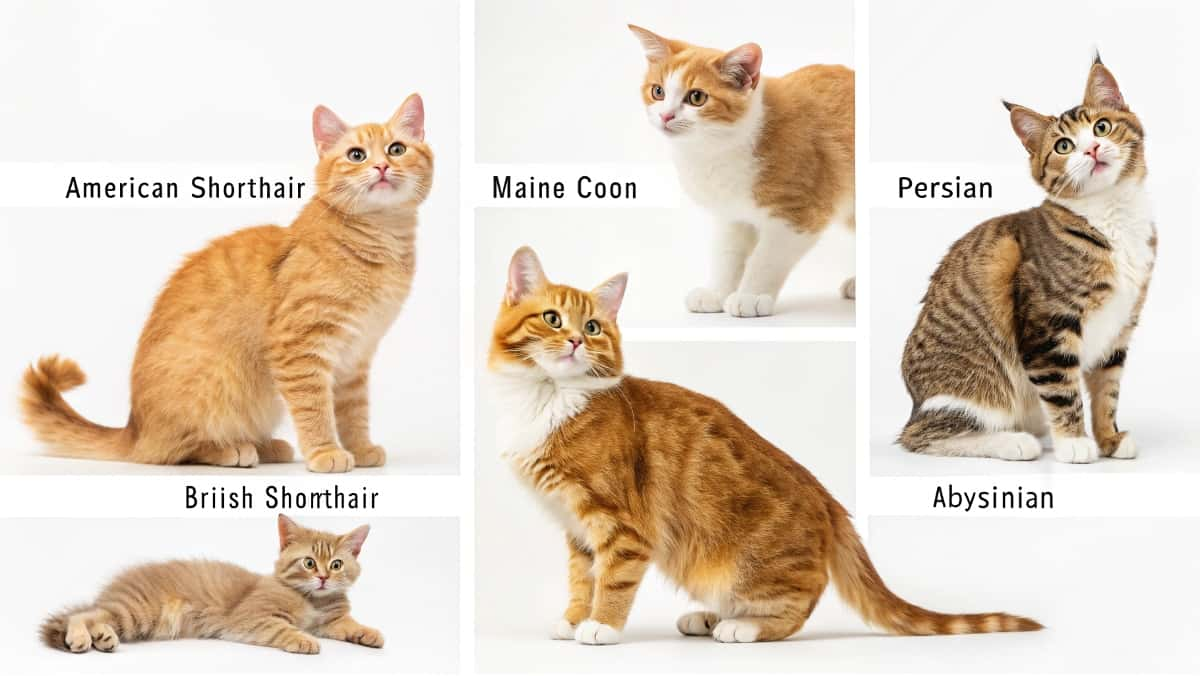
As we’ve established, “orange tabby” describes a color and pattern, not a specific breed. However, the orange tabby pattern can appear in many different recognized cat breeds, as well as in common domestic shorthairs and longhairs.
Here are some popular cat breeds that frequently exhibit the orange tabby pattern:
- American Shorthair: Known for their robust build and calm temperament, the American Shorthair is a common breed to find with the classic or mackerel orange tabby pattern.
- Maine Coon: These gentle giants often sport the orange tabby pattern, which beautifully complements their shaggy fur and bushy tails. Their size and striking features make them popular orange tabbyexamples.
- British Shorthair: Famous for their dense, plush coats and round faces, British Shorthairs can also come in various shades of orange tabby, often with a classic tabby pattern.
- Persian: While known for their long, flowing coats, Persians can also exhibit the orange tabby pattern, often referred to as “red tabby” in breed standards.
- Exotic Shorthair: Essentially a shorthaired Persian, this breed also comes in the orange tabby pattern, combining the Persian’s features with an easy-care coat.
- Devon Rex & Cornish Rex: These breeds with unique, wavy coats can also display the orange tabby pattern, though it might appear less distinct due to their fur texture.
- Munchkin: The adorable short-legged Munchkin can, of course, have an orange tabby coat in any pattern.
This wide variety means that whether you’re looking for a purebred companion or a charming mixed-breed cat, you have a good chance of finding an orange tabby that fits your lifestyle.
Common Questions About Orange Tabby Cats (FAQ)
Here are answers to some of the most frequently asked questions about these popular felines:
Are orange tabby cats always male?
No, but the majority are. Around 80% of orange tabby cats are male due to the orange gene being carried on the X chromosome. Males only need one copy of the gene to express the orange coat, while females need two. That makes female orange tabbies rare, but not impossible.
Dr. Jessica Vogelsang, DVM, explains: “Orange coat color is sex-linked, which is why male orange cats are more common, it’s genetics, not coincidence.”
What is the lifespan of an orange tabby cat?
The average lifespan of an orange tabby cat ranges from 12 to 16 years, though many live well beyond with proper care. Lifespan depends more on breed, diet, indoor vs. outdoor lifestyle, and regular veterinary attention than color or pattern.
To support your cat’s longevity:
Schedule annual wellness exams
Feed high-quality, portion-controlled meals
Keep your cat indoors for safety
Learn more about common skin problems in tabby cats that may affect long-term health.
Are orange tabby cats friendly?
Yes, orange tabby cats are widely known for being social and affectionate. While personality varies by breed and upbringing, many orange tabby owners describe their cats as outgoing, cuddly, and even dog-like.
Amber from Atlanta shares: “My orange tabby is glued to my side 24/7. He follows me room to room and even tries to climb under the blanket. He’s the friendliest cat I’ve ever had.”
If your tabby is shy, check out this helpful guide on how to bond with a shy tabby.
What breed is an orange tabby cat?
An orange tabby cat isn’t a breed, it’s a coat color and pattern combination. However, many breeds feature orange tabbies, including:
Domestic Shorthairs
American Shorthairs
Maine Coons
Persians
British Shorthairs
So while “orange tabby” describes how the cat looks, the breed determines personality, size, and grooming needs.
Need grooming help? Don’t miss our guide to the best brushes for tabby cats by coat type.
Why do orange tabby cats have an “M” on their forehead?
All tabby-patterned cats, including orange ones, display a natural “M” shape on their foreheads due to the tabby gene. It’s not a mark of breed, gender, or temperament, just a genetic pattern that’s become a signature feature of tabbies.
Do orange tabby cats have health problems?
Orange tabby cats don’t have health problems tied to their color, but since most are male, they are more prone to:
Urinary blockages
Obesity
Skin sensitivities
Grooming regularly helps prevent skin issues, especially for long-haired tabby breeds.
For more, discover great ideas like these common tabby skin conditions and how to manage them.
Do orange tabby cats shed a lot?
Yes, orange tabby cats, like most domestic cats, do shed. The amount can vary depending on their coat length (shorthair vs. longhair) and the season. Regular brushing is key to managing shedding.
How long do orange tabbies live?
The average lifespan of an orange tabby cat is similar to that of most domestic cats: 12-16 years on average, with many living into their late teens or even early twenties with proper care.
Are orange tabby cats good pets for families with children?
Many orange tabby cats are known for their friendly and tolerant personalities, making them excellent family pets. However, individual temperament varies, and proper introductions are always essential.
Can orange tabby cats be found in shelters?
Absolutely! Orange tabby cats are very common, and animal shelters and rescue organizations frequently have beautiful orange cats of all ages looking for forever homes. Adopting is a wonderful way to find your new companion.
What makes an orange tabby’s nose freckle?
The black freckles often seen on an orange tabby’s nose, lips, and gums are called lentigo. They are harmless spots of increased pigmentation, similar to human freckles, and typically develop as the cat ages.
Local Adoption Resources: Finding Your Orange Tabby
If you’re inspired to welcome an orange tabby cat into your life, adopting from a local shelter or rescue organization is a fantastic option. Here’s how to find your new ginger friend in and around Rochelle, Illinois:
- Online Adoption Platforms: Websites like Petfinder.com and Adoptapet.com allow you to search for adoptable cats by breed, age, and even color/pattern in your local zip code. Set up an alert for orange tabby cats to get notified when one becomes available near you.
- Foster Networks: Many cats are in foster homes, so reach out to local rescue groups that operate foster networks. They can often tell you more about a cat’s personality before you meet them.
Remember, adoption fees typically cover vaccinations, spay/neuter surgery, and microchipping, making it a cost-effective and responsible way to bring a new pet home.
Final Thoughts: The Unforgettable Charm of Orange Tabby Cats
Orange tabby cats are domestic cats known for their vibrant orange coats marked with distinctive tabby patterns. They bring so much more than just color into our lives. They bring vibrant character, unwavering affection, and endless entertainment. They teach us patience, reward our love with purrs and headbutts, and effortlessly turn everyday routines into small, delightful adventures.
From their unique genetic makeup to their often-dog-like loyalty and their silly antics, these ginger cats truly are a special kind of feline companion.
If you’ve got an orange tabby warming your home, you probably already know this profound connection. And if you’re thinking of adopting one, you’re definitely in for a wild, warm-hearted, and incredibly rewarding ride.
From my home to yours, where fur is part of the decor and love comes with four paws – thank you for letting us share this space with you.
Share Your Orange Tabby Story!
Do you have a charming orange tabby cat? We’d love to hear about them!
- What are their funniest quirks?
- Do they fit the “friendly ginger” stereotype?
- Have they ever done something that made you laugh so hard you cried (perhaps a “one brain cell” moment)?
- Share your favorite photo!
Join the conversation in the comments below, or connect with us on social media using #OrangeTabbyLife. Let’s celebrate these amazing felines together!
Don’t miss our complete guides to explore more about tabby cats and what makes them the perfect companion.
- The Ultimate Tabby Cats Guide
- Best Brushes for Tabby Cats
- How to Bond with a Shy Tabby
- Common Feline Health Issues
- Solving Common Cat Behavior Issues
Dr. Hannah Miller, DVM
- American Veterinary Medical Association (AVMA): use their “Find a Veterinarian” directory to verify credentials and locate Dr. Hannah Miller, DVM.
- X‑Chromosome Genetics
- Balaton et al., “The eXceptional nature of the X chromosome”: full review at PubMed Central:
https://www.ncbi.nlm.nih.gov/pmc/articles/PMC6061837/ - umGenomics journal article: discusses gene content and dosage on X:
https://www.ncbi.nlm.nih.gov/pmc/articles/PMC8490017/
Adoption & Animal Welfare
- PAWS Chicago – information on adoption, fostering, and support services:
https://www.pawschicago.org/our-work/pet-adoption/adopt-a-catchicago.gov+9pawschicago.org+9pawschicago.org+9 - City of Chicago “Adopt a Pet”: municipal adoption portal:
https://www.chicago.gov/AdoptAPet pmc.ncbi.nlm.nih.gov+2chicago.gov+2nature.com+2 - Chicago Cat Rescue: (no central-site link provided; not found in this search)
- Alley Cat Rescue: nonprofit focused on trap-neuter-return & adoption:
https://www.alleycat.org (official site) - ASPCA: national animal welfare organization:
https://www.aspca.org
Don’t miss our complete guide to everything you need to know about tabby cats, a perfect companion piece to this article.
